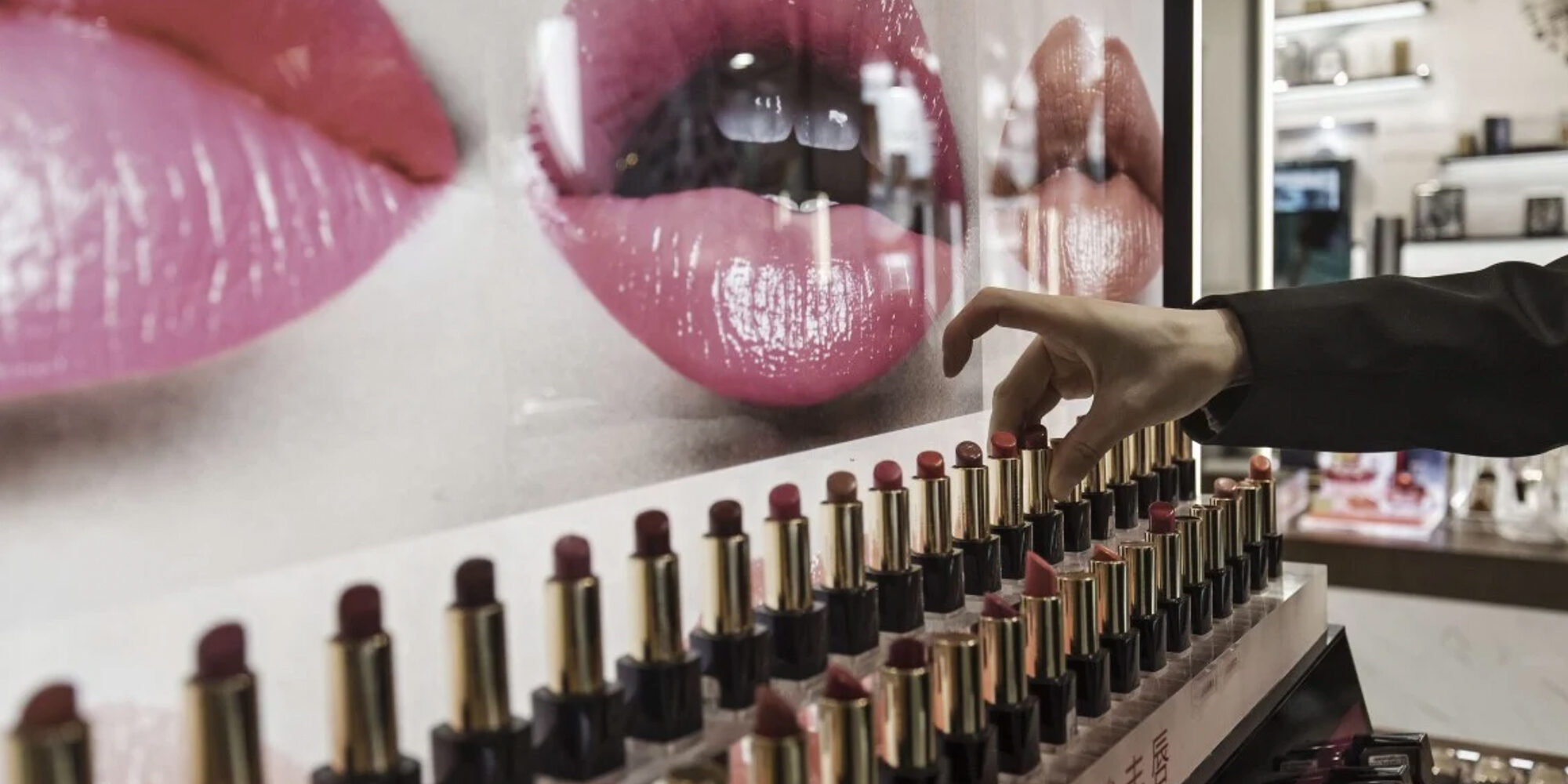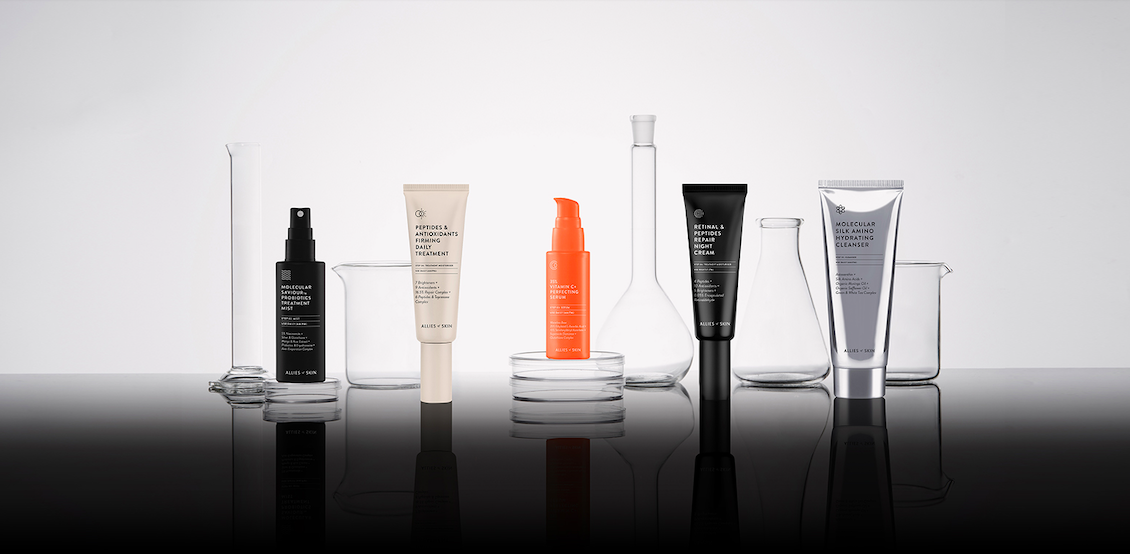
Five Things Beauty Brands Need To Understand To Develop A China Strategy
For beauty brands, China isn’t an ancillary market, but a primary opportunity that requires a tailored strategy.
The beauty industry in the enormous country is outpacing its competition and set to overtake the United States by 2023, according to J.P. Morgan. And, with a policy change in China permitting beauty brands based outside of it to enter Chinese physical retail without testing on animals if they have Good Manufacturing Practices (GMP) certification in their home jurisdictions and a so-called responsible agent within China, many are considering expansion into the market they’d previously avoided for domestic, purpose-driven reasons. The change, however, hasn’t diminished the challenges of the Chinese landscape.
“If you’re a small brand without much traction in the China market, even online is not an easy option,” said Clean Beauty Asia founder Allie Rooke, an expert at guiding beauty brands into China. She continued, “China is a massive market. It’s a complex market. Tmall Global is a great option, but you do need to have investment behind that launch for consumers to be able to really connect with you and find you. So, in terms of these changes and how that’s changing the way that brands go in, you’ve now got more options. You have that physical retail option as a route, but the cross-border e-commerce offering hasn’t gone away, and it’s still a very important part.”
During last week’s episode of Beauty Independent’s In Conversation webinar series, Rooke was joined by Nicolas Travis, founder of the skincare brand Allies of Skin, and Nicole Lin, business development country manager at the Alibaba Group-owned business-to-consumer platform Tmall. “If you want to win in China, it’s very much a long game. You can’t go into China and expect to make a quick buck,” said Travis. He, Rooke and Lin went on to break down what independent beauty brands should understand before extending to China.
The retail environment
Specialty beauty stores have had an increasing presence in China. Sephora entered the country in 2005, and now there are others playing in the multi-brand retail space like Harmay, The Colorist and Bonnie & Clyde. Specialty grocers and pharmacies aren’t substantial product movers in the beauty industry.
The Chinese government sanctioned cross-border e-commerce in 2013, and beauty brands seized upon it as a vehicle to reach Chinese consumers because the products selling through it didn’t need to be sanctioned by the government and, therefore, weren’t obligated to test on animals. Cross-border e-commerce destinations like Tmall Global remain the fastest and most cost-effective way for foreign brands to sell products in China.
Cross-border e-commerce can only occur on platforms approved by the government. To start cross-border e-commerce, Lin pointed out brands must identify the platform they want to work with and ensure it’s an authorized operator. Tmall Global is the biggest cross-border e-commerce platform in China. Along with sister platform Out Loud, which was acquired by Alibaba, it commands close to 70% of cross border e-commerce market share. The cross-border e-commerce platforms tend to provide comprehensive business solutions and services, including involving logistics and payment processes.
While clean beauty is a growing category, it’s not established in China like it is in the U.S. “People buy products because they work, not because they are clean,” says Rooke. “It’s all about efficacy.”

The Regulatory Framework
Sold at Sephora Europe, Dermstore, Space NK, Cult Beauty and more, Allies of Skin began noticing demand in China, and was approached by a pharmaceutical company to distribute its products and SPA Skin, another brand led by Travis, at retailers and med spas in the country. Travis decided to use a filler in China to bypass animal testing requirements—prior to the animal-testing policy change, products made in China weren’t subject to the same animal-testing rules as products not made in China—but still had to reformulate and repackage to meet strict Chinese cosmetics stipulations.
China only allows skincare acid concentrations of up to 6%. Bakuchiol and moringa extract aren’t recognized ingredients, and the word “probiotics” can’t be used in marketing. “It’s really tricky,” said Travis. Allies of Skin has hired an authority in Chinese regulations to walk it it through the reformulation and repackaging process, but the process remains lengthy. It’s taken the brand nearly a year to become compliant.
The Channel Choices
While digital shopping is expected to be crucial in the post-COVID world, especially in China where shoppers were early converters, offline stores are beneficial for discovery. “If a brand coming from the U.S. can partner with one of these key multi-brand retailers to get a space in offline retail to really showcase their brand and access their niche of the market, that’s really key,” said Rooke. In addition to med spas, Allies of Skin will sell at Sephora China.
Lin suggested brands take expansion step by step and mentioned they often opt to go through Tmall initially because it’s less expensive than stores. “You want to test out of the market and get to know the customer first so you can find out what could be a hot seller in China,” said Lin. She added, “It should be the ultimate goal to have visibility offline as well.”
Livestreaming has become an effective marketing tool in China. Brands on Tmall, where beauty is the leading category, have access to Taobao Live, the world’s largest livestreaming portal. Brands can stream through their virtual Tmall stores or work with influencers to stream on social channels. Lin said, “You may think, ‘Who’s going to see that?’ But we serve more than 800 million active users every month, so there’s people just scrolling through the products and, if you’re talking about something that resonates with them, they will be stopping by your store.”

The Influencer Situation
Brands can cut through the noise in China by tapping influencers or key opinion leaders (KOLs) on platforms like Little Red Book, but should be prepared to pay for it. “Unlike the Western world where you can actually grow a brand and start out on Instagram and rely on the goodwill of micro-influencers, which is how we started, China is very much pay to play,” said Travis. Little Red Book, a social network and one of the biggest e-commerce platforms in China, is believed to be among the best places to build brands in beauty and health China.
Travis noted Little Red Book has high costs per click for beauty. “It’s about 2 Chinese Yuan or about 40 cents. If you’re on others, it’s more like pennies per click,” he said. Travis remarked it’s not good enough to just work with KOLs. It’s imperative to start populating social and e-commerce pages with key opinion consumers (KOCs) as well. “Those are the ones that are posting all the time. Those are the ones that are really honest with their reviews and known for posting video content,” he explained. Travis has been advised to garner a minimum of 3,000 KOC posts in order to rev up significant momentum.
The Costs Of Expansion INTO CHina
When working with beauty brands, Rooke starts by zeroing in on their demand in both domestic and foreign markets. She doesn’t think brands should travel to China without advance traction. She said, “Are people talking about you? Are partners reaching out to you?…China is not for everyone straight away. You can be too small or it can be too early.”
A robust marketing budget is critical to success in China. To launch a Tmall Global flagship store, a brand must deposit RMB 50,000 or about $7,500 if its trademark is registered in its home country. Previously, Rooke told Beauty Independent that, in order to pick up steam in China, brands should expect their marketing budget to be $500,000 or above upon heading into the country. Lin counseled brands to estimate the annual profits they’re anticipating from a leap into China to determine whether it’s worthwhile. “Most brands want to aim for $1 million to $2 million U.S. a year when they first enter China through an online platform,” she said.
Lin recommended at least 30% to 40% of sales be invested in brand building. Allies of Skin is investing closer to 50% or 60% of sales in marketing. Success in China can take years, and it’s unlikely an international brand will be profitable in the country in year one or two. The trade war between the U.S. and China can tighten net margins as tariffs on some U.S. beauty imports into China hover around 25%. For a few years after a brand’s entrance into China, Lin said, “Making profit shouldn’t be on the top of the list. Breaking even would be good enough, but building up brand awareness, that will be the most important.”





Leave a Reply
You must be logged in to post a comment.